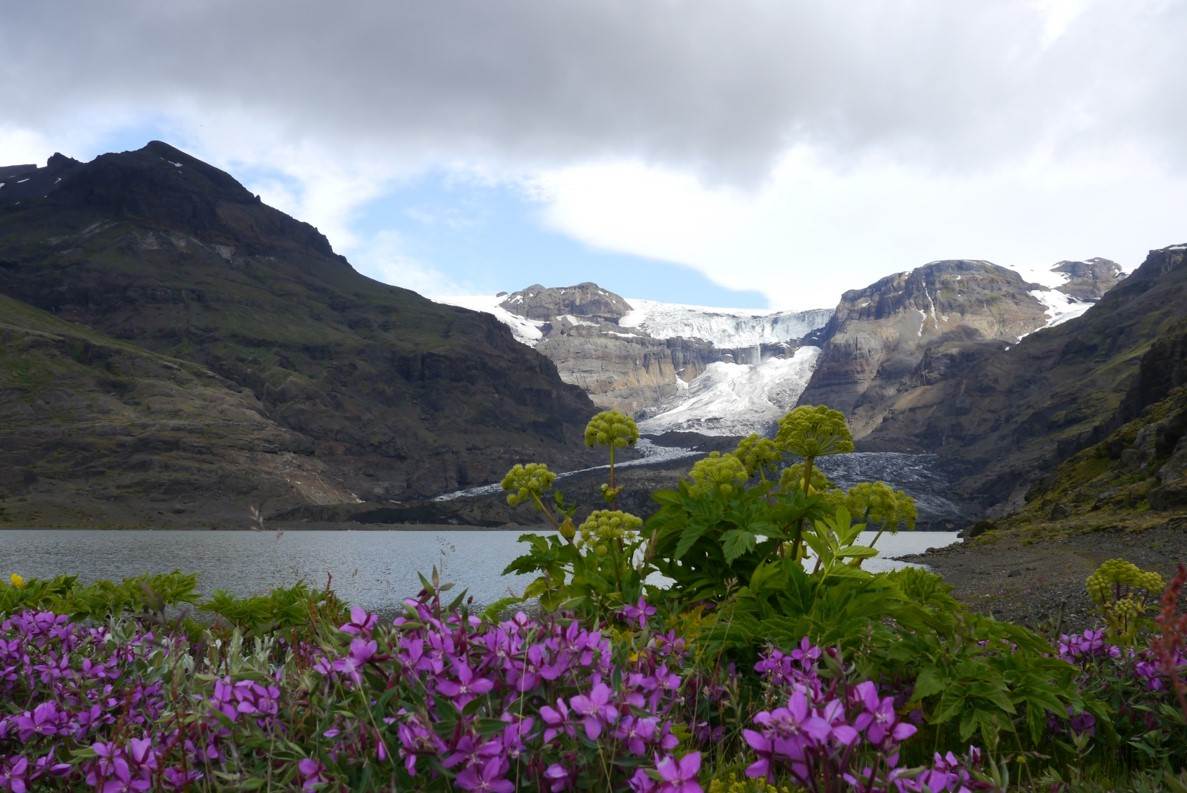Vatnajökull National Park added to UNESCO‘s World Heritage List
Vatnajökull National Park has been inscribed on UNESCO’s list of World Heritage Sites. The decision, which was taken at a meeting of the World Heritage Committee in Baku, Azerbaijan Friday July 5th 2019, confirms that the natural environment of the Park and the Nature Reserve at Lónsöræfi have a unique value to humankind.
Vatnajökull National Park, in southeast Iceland, covers an area of over 1,400,000 ha, nearly 14% of Iceland's territory. It numbers ten central volcanoes, eight of which are subglacial. Two of these are among the most active in Iceland. Volcanic areas are home to endemic groundwater fauna that has survived the Ice Age. The area is unique due to the forces of the nature that shaped it, an interplay of fire and ice and the resulting geological diversity.
The Icelandic Government’s proposal for the inscription of Vatnajökull National Park on the World Heritage List was presented to the office of the World Heritage Convention in Paris in January 2018. Since then, the proposal has been under review by the International Union for Conservation of Nature (IUCN), which assists the Committee in evaluating the value, authenticity, integrity and the status of protection of the natural sites that are nominated to the list. As well as recognising the unique natural environment of the park, the Committee’s decision also serves as an affirmation of the Icelandic Government’s decision to establish the vast national park and aids the conservation and management of the area.
Lilja Alfreðsdóttir, Minister of Education, Science and Culture: “This is an important milestone that will without a doubt strengthen the area and its reputation. It is our responsibility to protect our spectacular nature, not only for us who live here but for the whole world and future generations. I celebrate this historic decision and thank all those who have worked hard to promote this important cause.”
Guðmundur Ingi Guðbrandsson, Minister for the Environment and Natural Resources: “The natural environment of the area that will now be added to the World Heritage List is magnificent – with incredible lava formations, black sands, rare oases, unique wilderness, remnants of catastrophic floods and glaciers that store an incredible history and at the same time reflect the current climate crisis. It is highly unusual that such a large part of a country is inscribed on UNESCO’s World Heritage List. This really is a joyous day.”
UNESCO’s Convention for the Protection of the World Cultural and Natural Heritage is based on the premise that some places have a unique global value and, as such, should be a part of the common heritage of humankind. With the Convention, states acknowledged the necessity of conservation, as damage to, or the disappearance of any part of the cultural or natural heritage would hurt the heritage of all nations. Iceland is already home to two World Heritage Sites, Thingvellir (2004) and Surtsey (2008).
Further reading:
Nomination of Vatnajökull National Park for inclusion in the World Heritage List
Chapter on Vatnajökull National Park in the document of the 43. meeting of the WHC

